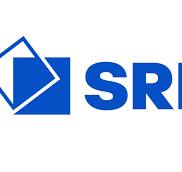Integrating Computer Programing into Middle School Math Curriculum to Expand Students’ Computational Thinking
Web link opens in a new tab; file link initiates download.
The CyberLearning team at SRI researches innovation in cyber learning education (http://circlcenter.org) and how to assess the learning gains students make in their computational thinking. Integrating computational thinking via programing with Scratch, a free web-based interface, (https://scratch.mit.edu), students write code that finds the area of several geometric figures in a variety of ways. Initially, students will be introduced to the controls of Scratch and the power of coding to understand positive and negative numbers within the Coordinate Plane. Next, they will extend their project to have the “Sprite” draw various polygons by changing the angle and repeat loop code to create triangle, square, pentagon, octagon and decagons. Students write code in Scratch for Common Core 6th grade geometric standards such as Area of squares, rectangles, triangles. Bonus shapes include parallelogram, trapezoid and other polygons. Students also abstract previously written “Area Calculator” programs for area of a square, area of a rectangle then students must modify their code for area of a triangle to be “half” of the given rectangle. Students can program “half” by choosing the operation blocks to “divide by 2” or “multiply by .5” and be able to justify their techniques. In addition, advanced STEM learners will be challenged to synthesize the backdrop and “Sprite” costume to illustrate a real cost situation such as a brick wall, basketball court, grass area or inside a room (See example of basketball court: https://scratch.mit.edu/projects/168331941/). Individual programs must calculate how many items will fit into a given space by asking another person to enter real life measurements to calculate the estimated cost to build a brick wall, tile a floor, sod a yard or wallpaper a wall.

